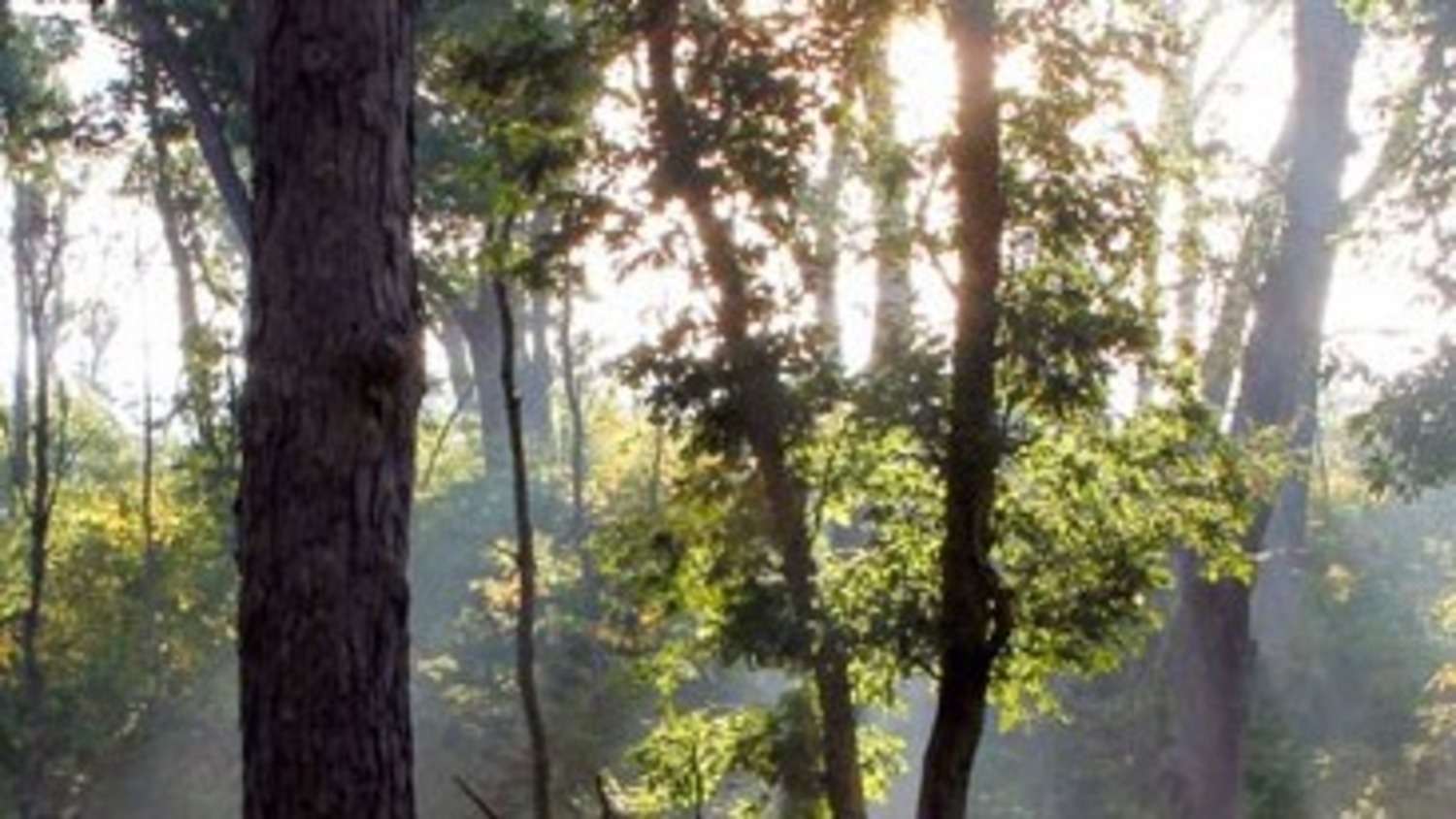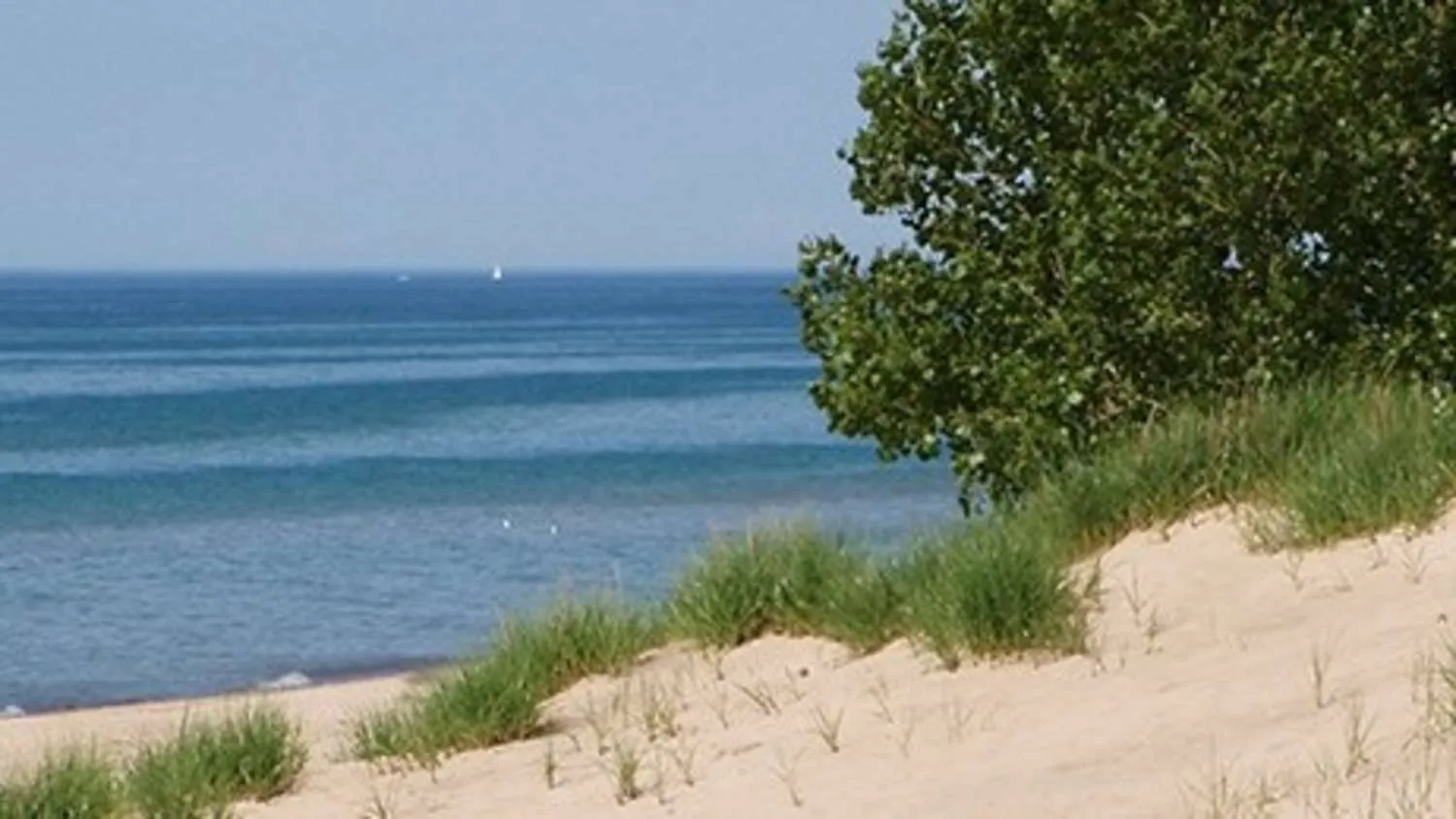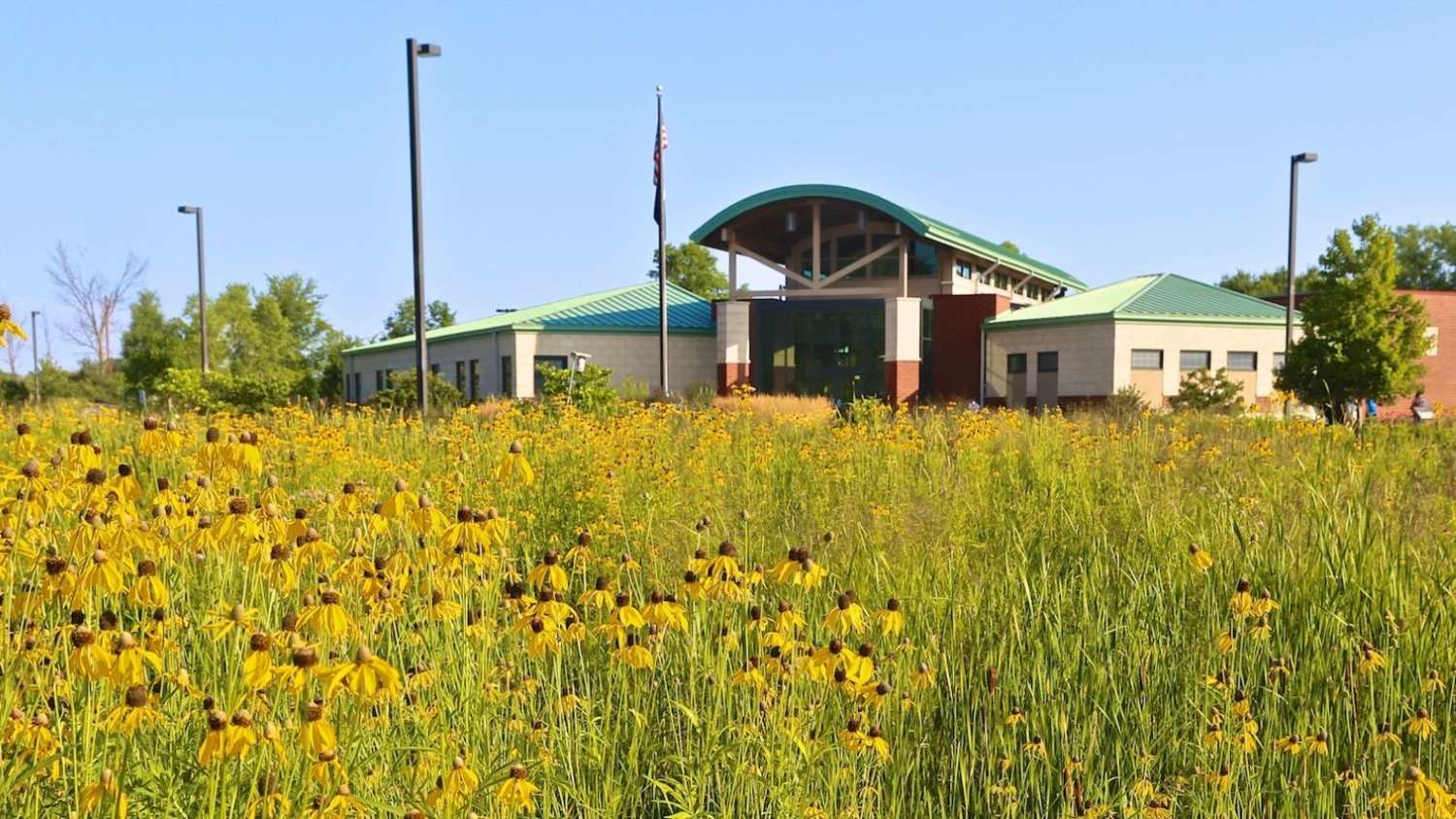About Indiana Dunes National Park
The landscape of this area was shaped over 14,000 years ago by the last great continental glacier, and today includes dunes, oak savannas, swamps, bogs, marshes, prairies, rivers, and forests. The biological diversity within Indiana Dunes is among the highest per unit of any site in the National Parks system. Over 350 species of birds have been observed, 113 of which are considered to be regular nesters, along with more than 1,100 native plant species. In addition to these plant and bird species, Indiana Dunes is home to 46 mammals species, 18 amphibians, 23 different reptiles, 71 species of fish, 60 butterflies, 60 dragonflies/damselflies, and countless other vital species.
Conservation efforts surrounding the Indiana Dunes and its unique ecosystems date back to 1899. The First World War halted protection due to a shift in national priorities, but in 1926 the site was designated as Indiana Dunes State Park. In 1966, the site was officially authorized as Indiana Dunes National Lakeshore and Openlands played an integral role in this designation. Today, extensive conservation work continues at Indiana Dunes in the forms of water quality monitoring, wetlands restoration, invasive species removal, and preventing shoreline erosion.


